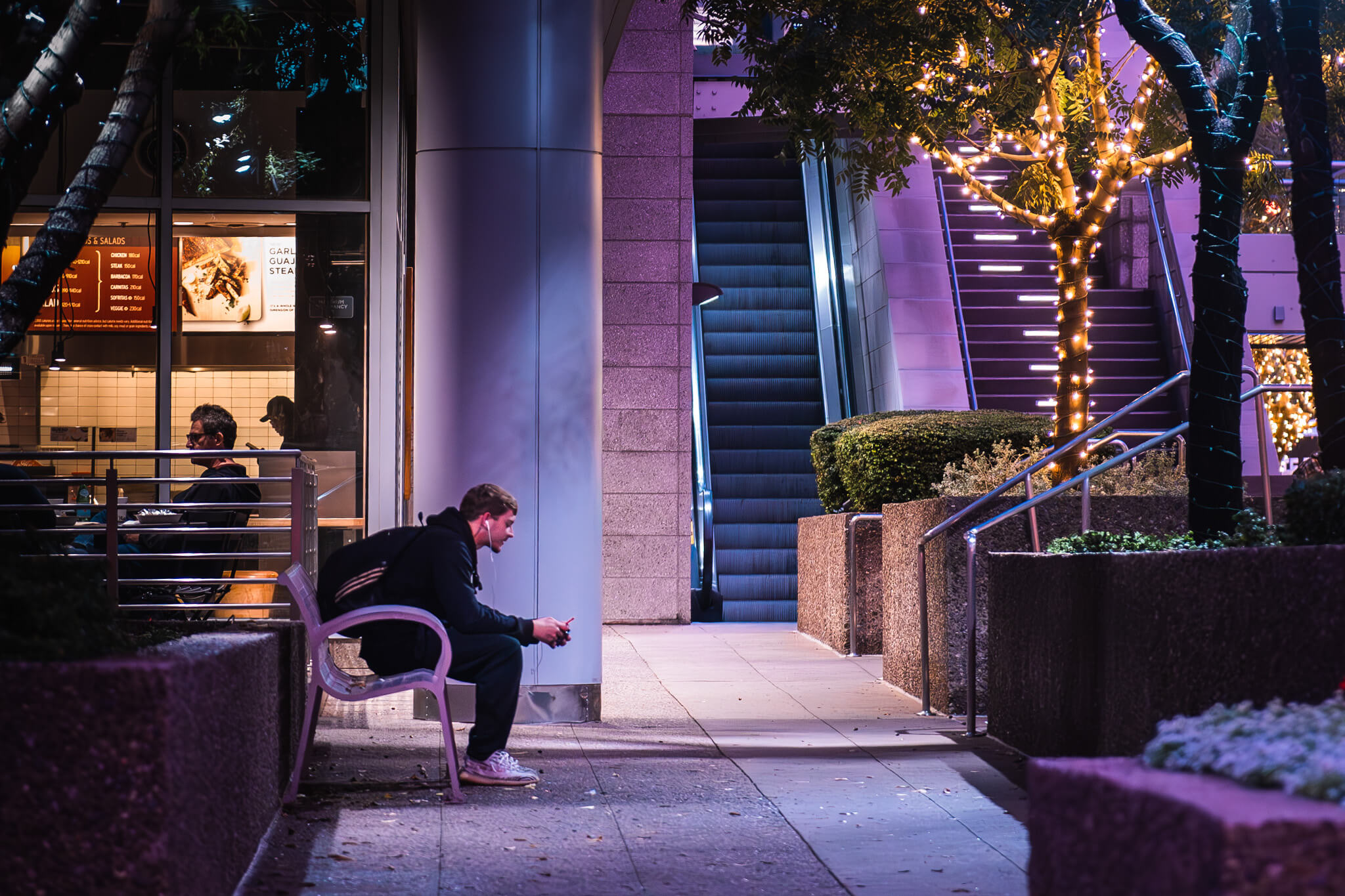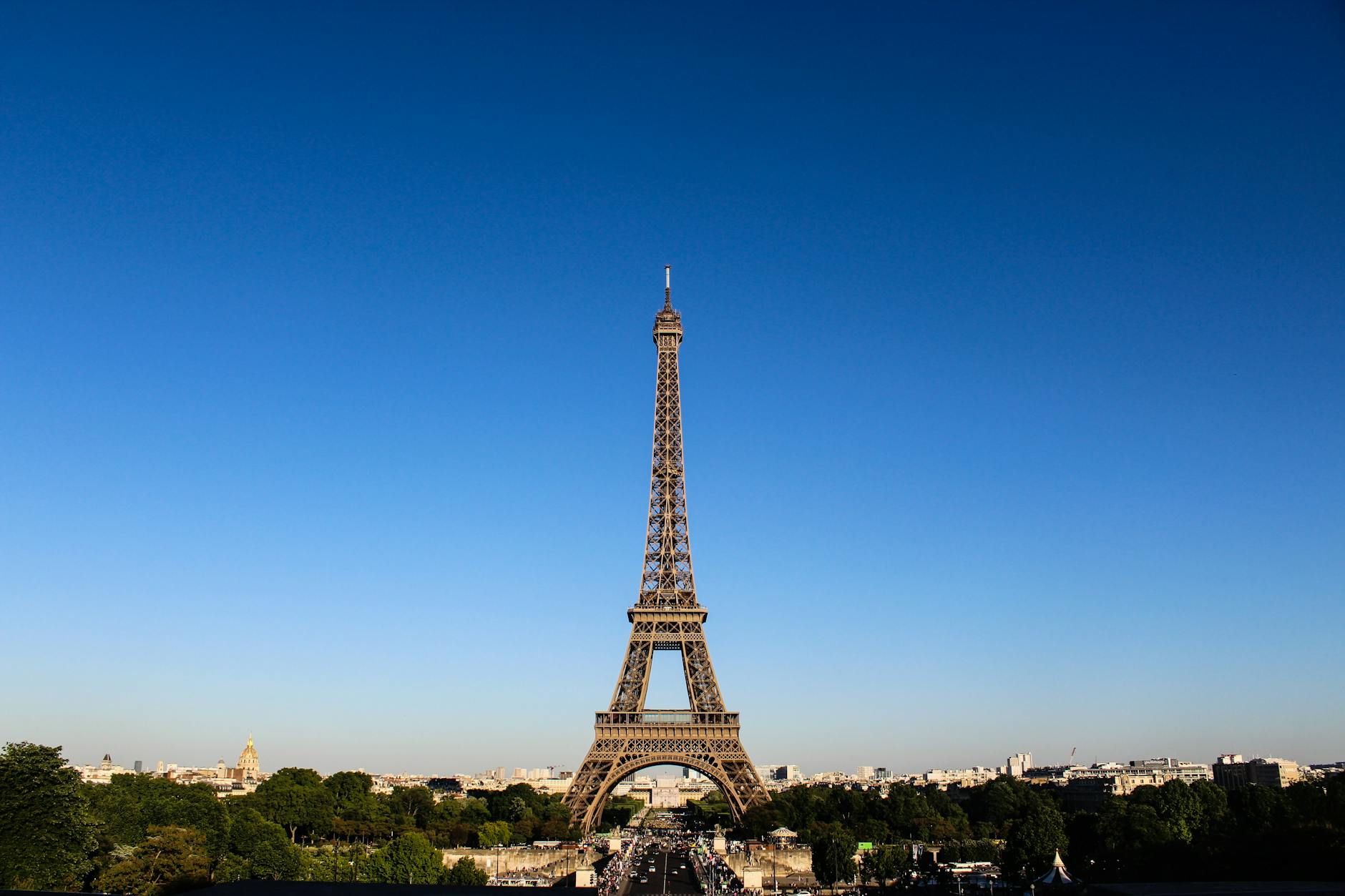
Can You Do Street Photography in Japan?
Street photography is a captivating genre that captures the essence of urban life through candid moments. If you're planning a trip to Japan or are a photography enthusiast curious about shooting in this vibrant country, you might be wondering: can you do street photography in Japan? The answer is yes, but with some cultural and legal considerations. This comprehensive guide will provide you with everything you need to know to successfully and respectfully engage in street photography in Japan.
Understanding Street Photography in Japan
Japan, known for its bustling cities, unique culture, and picturesque landscapes, offers a plethora of opportunities for street photographers. From the neon-lit streets of Tokyo to the serene temples of Kyoto, the diverse settings provide endless possibilities for capturing compelling images.
Legal Considerations
Public Photography Laws:
- Public Spaces: In Japan, taking photographs in public spaces is generally allowed. This includes streets, parks, and public squares. However, some places, like private properties, might have restrictions.
- Commercial Use: For commercial use of street photography, getting model releases from identifiable individuals is recommended.
Right to Privacy:
- Privacy Laws: Japan has strict privacy laws. Photographing individuals in a way that violates their privacy can lead to legal issues. Always be respectful and considerate when taking photos of people.
Children:
- Extra Caution: When photographing children, it’s crucial to get parental consent. This is not just a legal consideration but also an ethical one.
Cultural Considerations
Respect for People:
- Politeness: Japanese culture places a high value on politeness and respect. Always be courteous when photographing people. A simple smile or a nod can go a long way.
- Consent: If possible, ask for permission before taking someone’s photo, especially if they are the main subject.
Cultural Sensitivity:
- Local Customs: Be aware of local customs and traditions. Avoid taking photos that might be considered intrusive or disrespectful, such as during religious ceremonies or in certain sacred places.
Approach to Photography:
- Discrete Photography: Japanese people tend to be reserved, so being discrete can help in capturing candid moments without causing discomfort.
Best Practices for Street Photography in Japan
Blend In:
- Dress Appropriately: Dressing modestly and appropriately can help you blend in and be less conspicuous.
- Small Equipment: Use smaller, less intrusive cameras and lenses to avoid drawing too much attention.
Engage with Locals:
- Learn Basic Phrases: Knowing a few basic Japanese phrases like “Sumimasen” (Excuse me) and “Arigatou gozaimasu” (Thank you very much) can help you interact positively with locals.
- Respect Boundaries: If someone shows discomfort or asks you not to take their photo, respect their wishes.
Capture the Essence:
- Focus on Scenes: Instead of focusing solely on individuals, capture broader scenes that showcase the environment, architecture, and culture.
- Storytelling: Use your images to tell a story about the place and the people. This adds depth and context to your photography.
Popular Locations for Street Photography in Japan
Tokyo:
- Shibuya Crossing: One of the busiest pedestrian crossings in the world, ideal for capturing the hustle and bustle of Tokyo life.
- Harajuku: Known for its vibrant street fashion and youth culture.
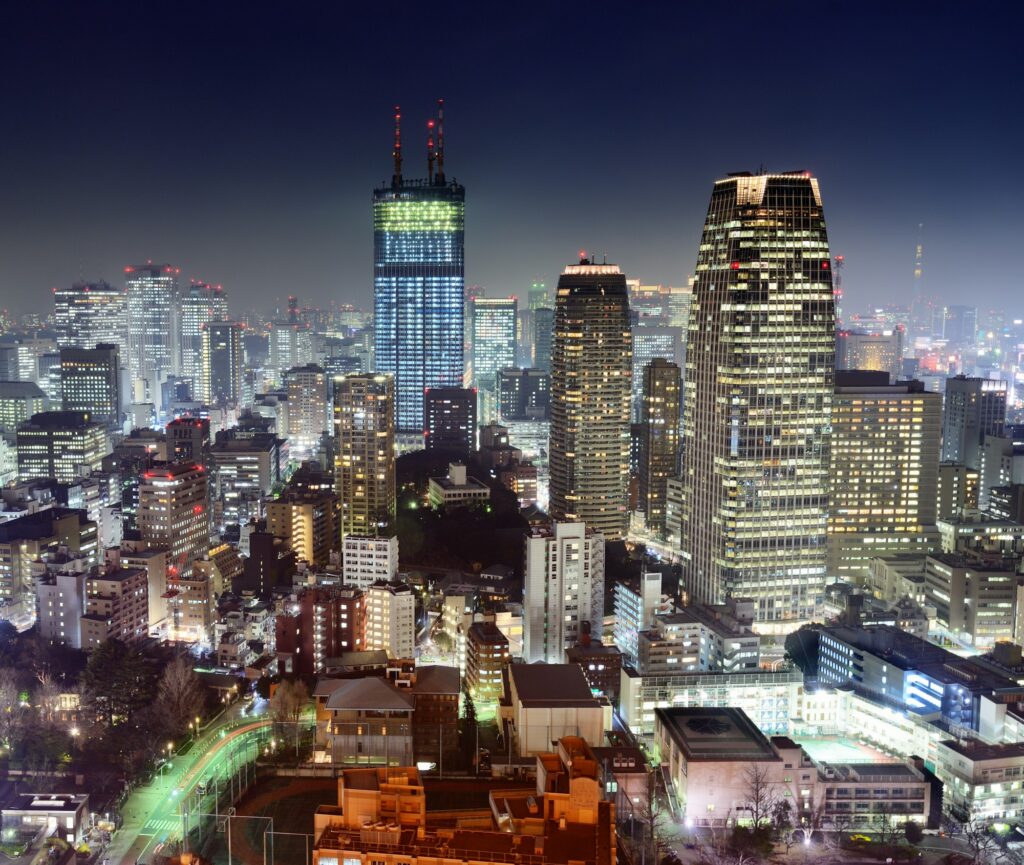
Kyoto:
- Gion District: Famous for its traditional wooden machiya houses and geisha culture.
- Arashiyama Bamboo Grove: A serene and iconic location perfect for capturing natural beauty.
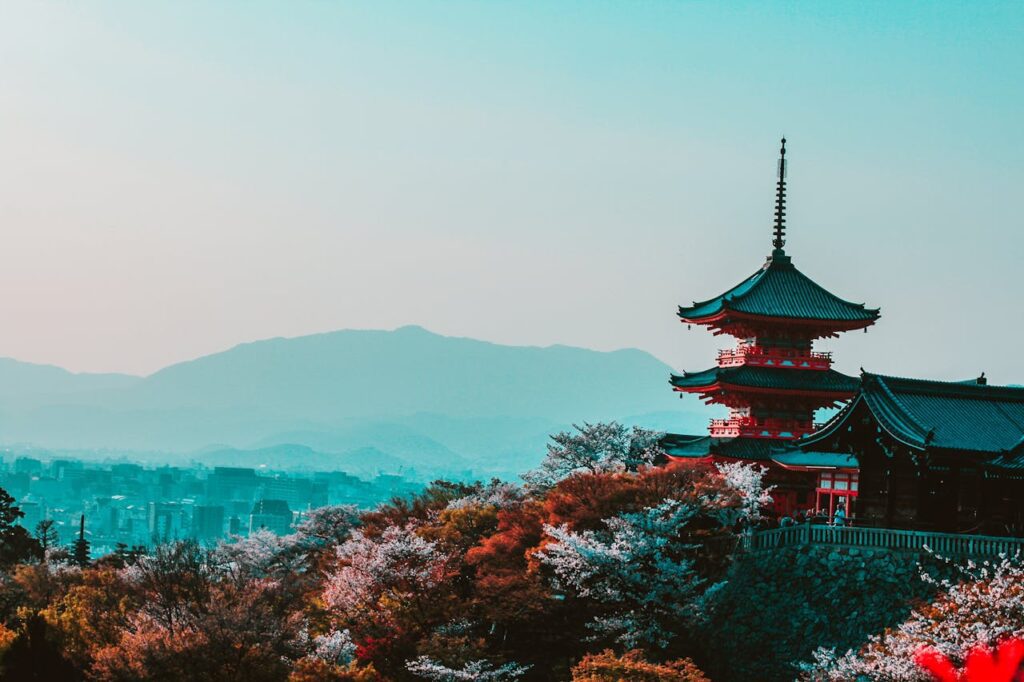
Osaka:
- Dotonbori: Known for its neon lights and street food, offering vibrant night photography opportunities.
- Namba: A bustling area filled with shops, entertainment, and interesting street scenes.
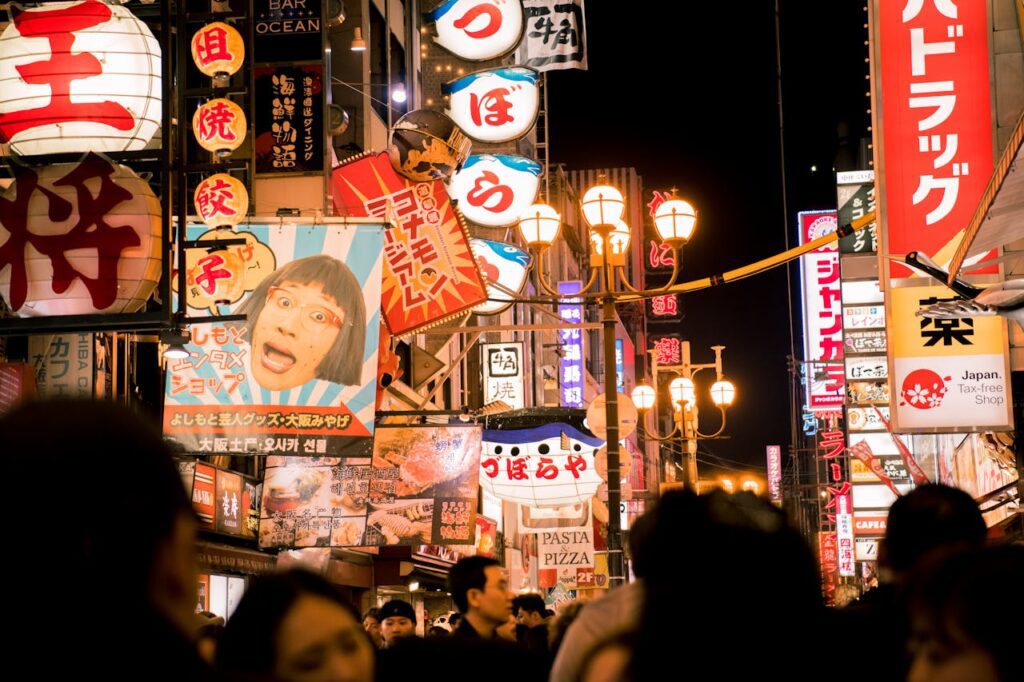
Hiroshima:
- Peace Memorial Park: A poignant location to capture the history and resilience of Hiroshima.
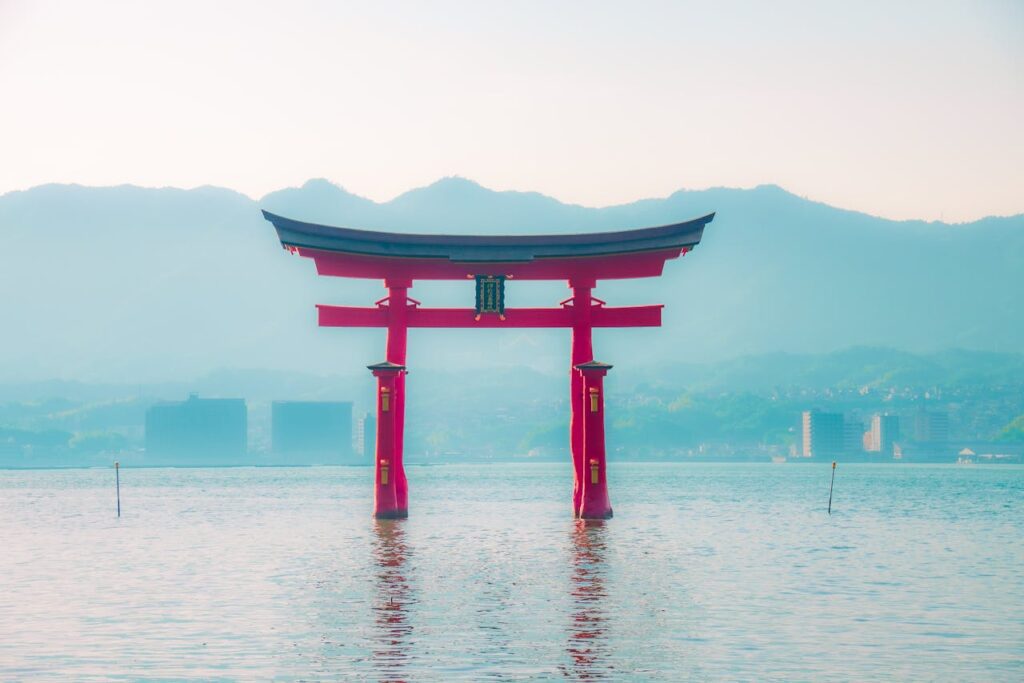
Conclusion
Yes, you can do street photography in Japan, but it's essential to be aware of and respect the legal and cultural considerations. By understanding the local customs and privacy laws, and by approaching your photography with respect and sensitivity, you can capture the unique essence of Japanese street life. Whether you’re exploring the busy streets of Tokyo or the serene temples of Kyoto, Japan offers a rich tapestry of moments waiting to be captured.
FAQs
Q: Can I take photos of people in public places in Japan?
A: Yes, but be mindful of privacy laws and cultural sensitivities. It's best to ask for permission when possible.
Q: Are there any places where photography is not allowed?
A: Yes, some temples, shrines, and private properties may have restrictions. Always look for signs and respect local rules.
Q: What should I do if someone asks me to delete their photo?
A: Respect their request and delete the photo immediately. Politeness and respect are highly valued in Japan.
By following these guidelines, you can enjoy street photography in Japan while respecting its rich culture and traditions. Happy shooting!
